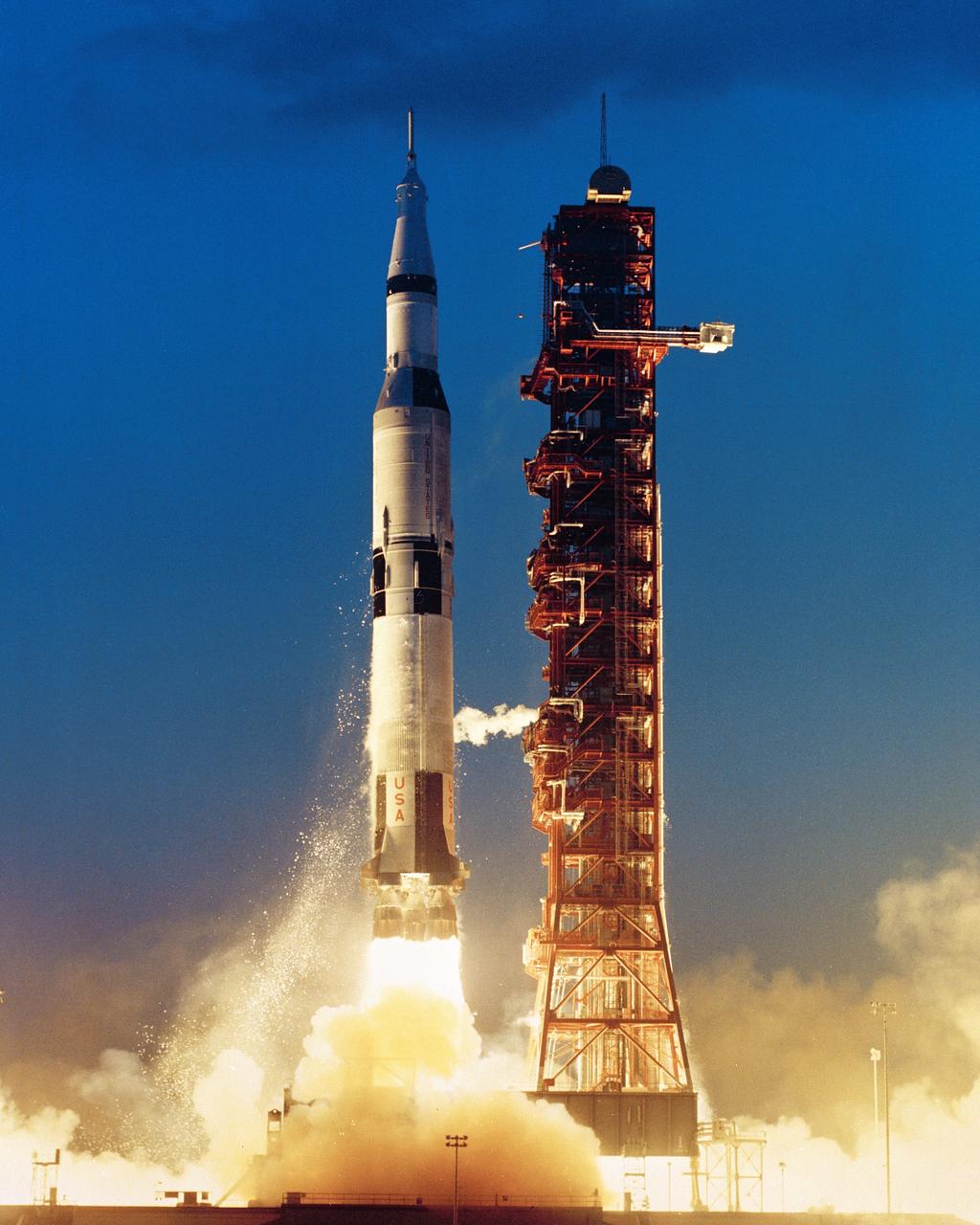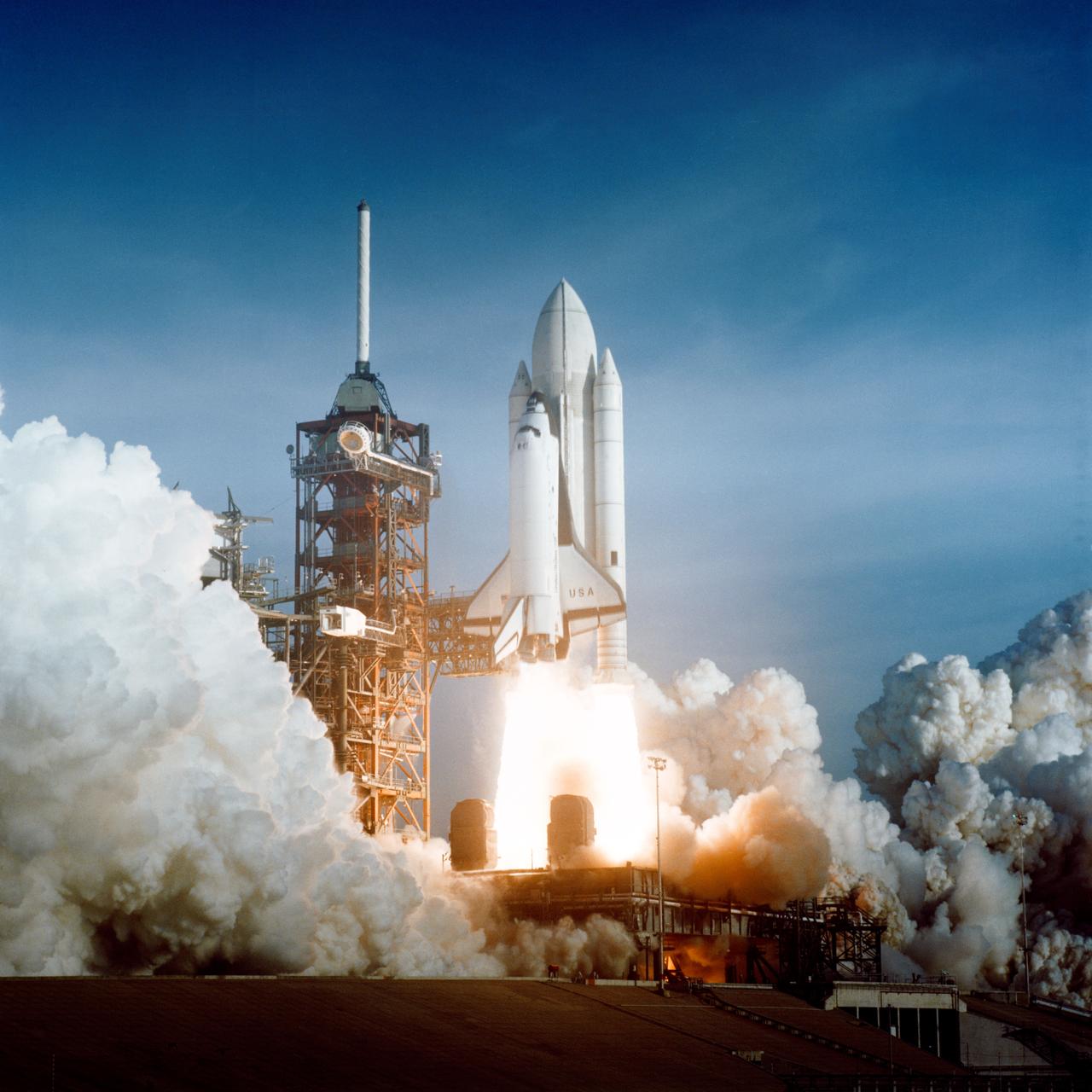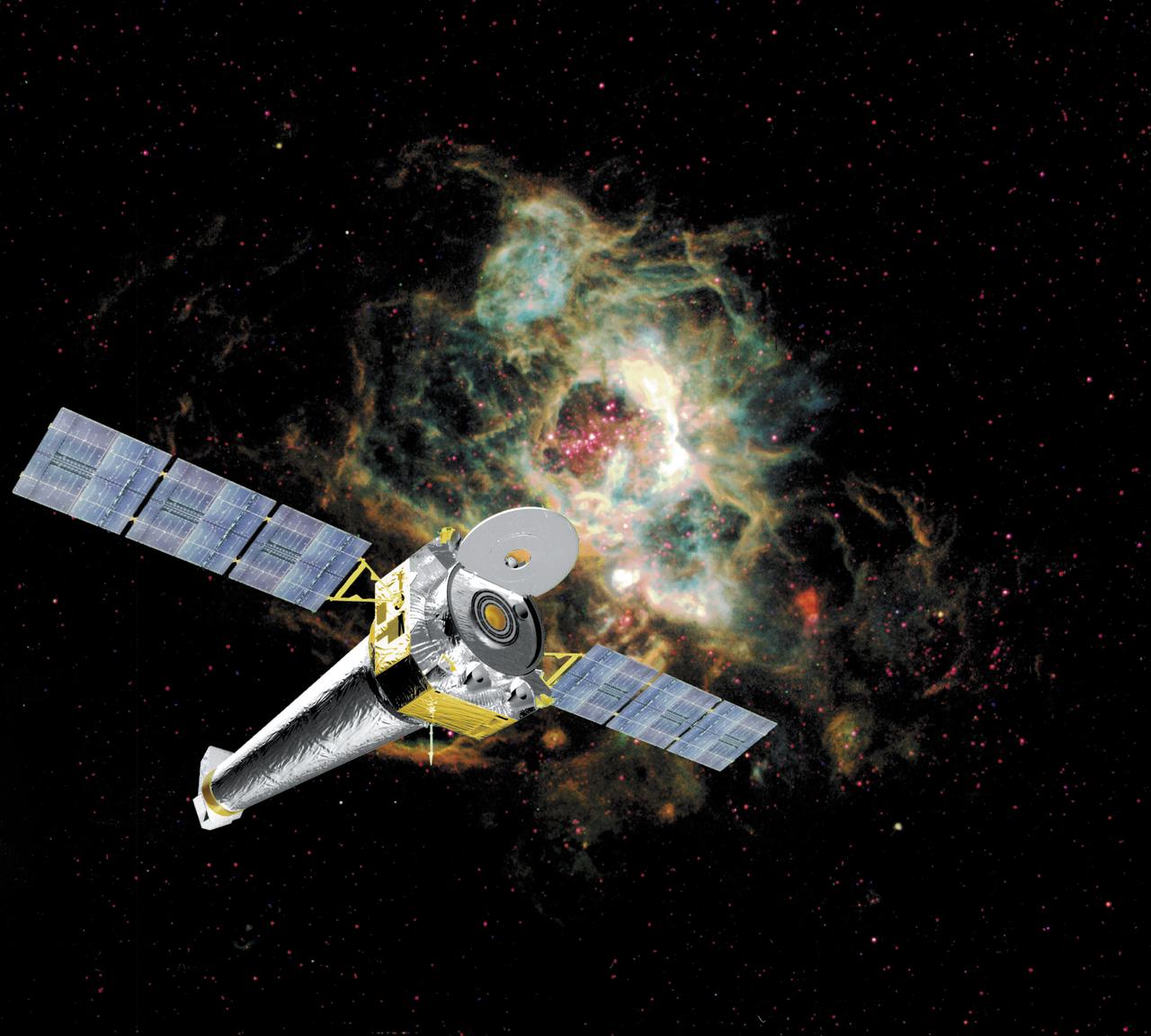On July 1, 1960, the technical and administrative core of the Army Ballistic Missile Agency became NASA’s Marshall Space Flight Center in Huntsville, Alabama. The transfer of this experienced group provided the young agency with a solid foundation in propulsion expertise. Sixty years of historic leaps and strides later, Marshall is celebrating its milestone anniversary with a look back at some of its most iconic accomplishments.
“I could not be more proud to be part of the history Marshall has made,” Marshall Director Jody Singer said. “The world has witnessed us achieve 60 consecutive years of discovery, exploration, and victories for all of humankind. Celebrating these achievements reminds us of all the groundbreaking history still to come from the Marshall team.”
In its first decade as a NASA center, Marshall worked on the Mercury-Redstone rocket that carried the country’s first astronaut, Alan Shepard, into space. Propulsion remained a focus area as the team developed the Saturn I, Saturn IB, and the Saturn V rockets for the Apollo Program. Science also formed a considerable part of Marshall’s accomplishments, through the development and launch of three Pegasus satellites and several balloon flights of the 36-inch aperture optical system – Stratoscope II.
The 1970s saw the five final flights of the Apollo Program, including three expeditions via the Marshall-developed Lunar Roving Vehicle – which allowed astronauts to expand the amount of science conducted on the lunar surface – for the Apollo 15, 16, and 17 missions. This second decade also included the United States’ first space station, Skylab, whose three crewed missions provided NASA with critical insight on living and working in space. The end of the decade expanded the center’s role in the development of scientific missions with the Marshall-managed High Energy Astronomy Observatory Program, including the launch of three large low-Earth orbiting satellites known as HEAO 1, 2, and 3.
Marshall’s third decade, the 1980s, saw a continuation in propulsion work for humanity’s first reusable spacecraft, the space shuttle – including the development of the shuttle’s main engines, solid rocket booster, and external tanks. Space shuttle Columbia’s STS-1 mission ushered in three decades of operations in low-Earth orbit through 135 missions, including scientific experiments and payloads. Marshall also built upon its extensive microgravity research capabilities as the team developed systems for the Spacelab program – including the Hubble Space Telescope, which continues to reshape humanity’s view of the universe.
In the 1990s, while continuing work to refine the shuttle propulsion systems, Marshall took a giant leap forward in microgravity with the development and operation of several new research programs known as Astro, the International and U.S. Microgravity Laboratories, and the U.S. Microgravity Payloads. Marshall engineers also explored the limits of propulsion technology through advanced transportation systems. Throughout the decade, Marshall scientists helped rewrite understanding of gamma rays with the Burst and Transient Source Experiment for the Compton Gamma Ray Observatory. The decade culminated with the launch of both the first U.S. module for the International Space Station and the Chandra X-ray Observatory.
The 2000s involved continued development of the space station, space shuttle programs, and propulsion systems – including systems associated with the Ares crewed rocket. Marshall gained even more experience helping astronauts live and work in space with the development of the Destiny Laboratory, which supports a wide range of experiments and studies contributing to the health, safety, and quality of life for people all over the world; the EXPRESS racks, multipurpose payload rack systems that support and store research experiments; and the Microgravity Science Glovebox, which provides a safe, contained environment for research with liquids, combustion, and hazardous materials in microgravity conditions. Marshall continued its role in understanding the universe and fundamental physics with oversight of the Gravity Probe B satellite, Gamma Ray Burst Monitor space telescope, and Hinode satellite.
In the 2010s, the space station continued to serve as both a proving ground for environmental control systems and an exceptional platform for scientific experiments. Marshall built upon a legacy of propulsion excellence with the development of the agency’s most powerful rocket to date, the Space Launch System. This advanced vehicle will launch a new era of human exploration beyond Earth’s orbit to the Moon and later on to Mars through the Artemis program.
“Six decades of Marshall history includes an impressive number of extraordinary achievements in both human spaceflight and scientific discovery,” Marshall Historian Brian Odom said. “Those accomplishments now form the core capability that the center will employ as it continues to make vital contributions to programs like Artemis and the Human Landing System, and a whole range of astrophysics missions. The center has certainly made its mark in the evolution of space exploration, and we still have so much more to contribute.”
As Marshall boldly enters its next decade of operation, the team is preparing to send the first woman and the next man to the lunar surface by 2024 and establish a sustainable human presence on and around the Moon by 2028. Leading NASA’s Human Landing System Program, the center is focused on enabling explorers, gathering samples, and making discoveries that will equip the agency for future deep space exploration in the journey to Mars and beyond through the Artemis program.
For more information on Marshall through the decades, visit here.


























